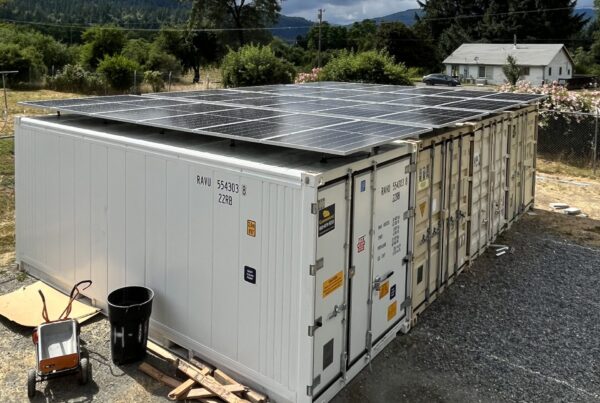Food banks are vital community resources that help individuals and families facing food insecurity. However, there are several myths surrounding these organizations that can lead to misunderstandings about their purpose and impact. In this blog post, we will debunk the top five myths about food banks, shedding light on their important role in addressing hunger and supporting those in need.
Myth 1 – Food Banks Only Provide Canned and Non-perishable Foods

One common myth about food banks is that they only offer canned and non-perishable food items. However, many food banks now focus on providing a balanced and nutritious selection of fresh produce, dairy products, and other perishable items. They often collaborate with local farmers, grocery stores, and food distributors to ensure a diverse range of food options for those in need.
Myth 2 – Food banks are Only for Homeless Individuals

Another misconception is that food banks are exclusively for homeless individuals. In reality, food banks aim to assist anyone facing food insecurity, including low-income families, single parents, seniors, students, and individuals facing unexpected financial crises. They provide support to individuals from various backgrounds and situations, recognizing that food insecurity can affect anyone.
Myth 3 – Food Banks Promote Dependency

Some people believe that food banks perpetuate dependency and discourage individuals from seeking long-term solutions. However, food banks typically operate as a temporary solution during times of crisis or need. Many food banks also offer additional services such as job training, financial counseling, and access to social services to help individuals and families overcome the root causes of food insecurity.
Myth 4 – Food Banks Waste a Significant Amount of Food

It is a misconception that food banks contribute to food waste. In reality, food banks play a crucial role in minimizing food waste. They often collaborate with food retailers, restaurants, and farmers to collect surplus food that would otherwise go to waste due to overproduction, cosmetic imperfections, or short shelf life. Food banks efficiently distribute these donations to individuals and families in need, effectively reducing food waste.
Myth 5 – Food Banks Receive Enough Support from Government Funding

While some food banks receive government funding, it is often not sufficient to meet the growing demand for their services. Food banks heavily rely on community donations, both monetary and food contributions, to sustain their operations. They also rely on partnerships with local businesses, charitable organizations, and volunteers to ensure a steady supply of resources. It is crucial for the community to recognize that ongoing support is vital to the success of food banks in combating food insecurity.
Support Your Local Food Banks
By dispelling these common myths about food banks, we can gain a clearer understanding of their significance in our communities. Food banks go beyond simply providing canned goods to those experiencing hunger; they offer a diverse range of nutritious food options, support various individuals and families, and actively work towards reducing food waste. Now that you have a better understanding, consider taking action today.
Donate your time, food, or financial resources to a local food bank. Share this information with others to help spread awareness. Together, we can make a positive impact and help create a world where no one has to go hungry.
Read additional stories from our blog.







